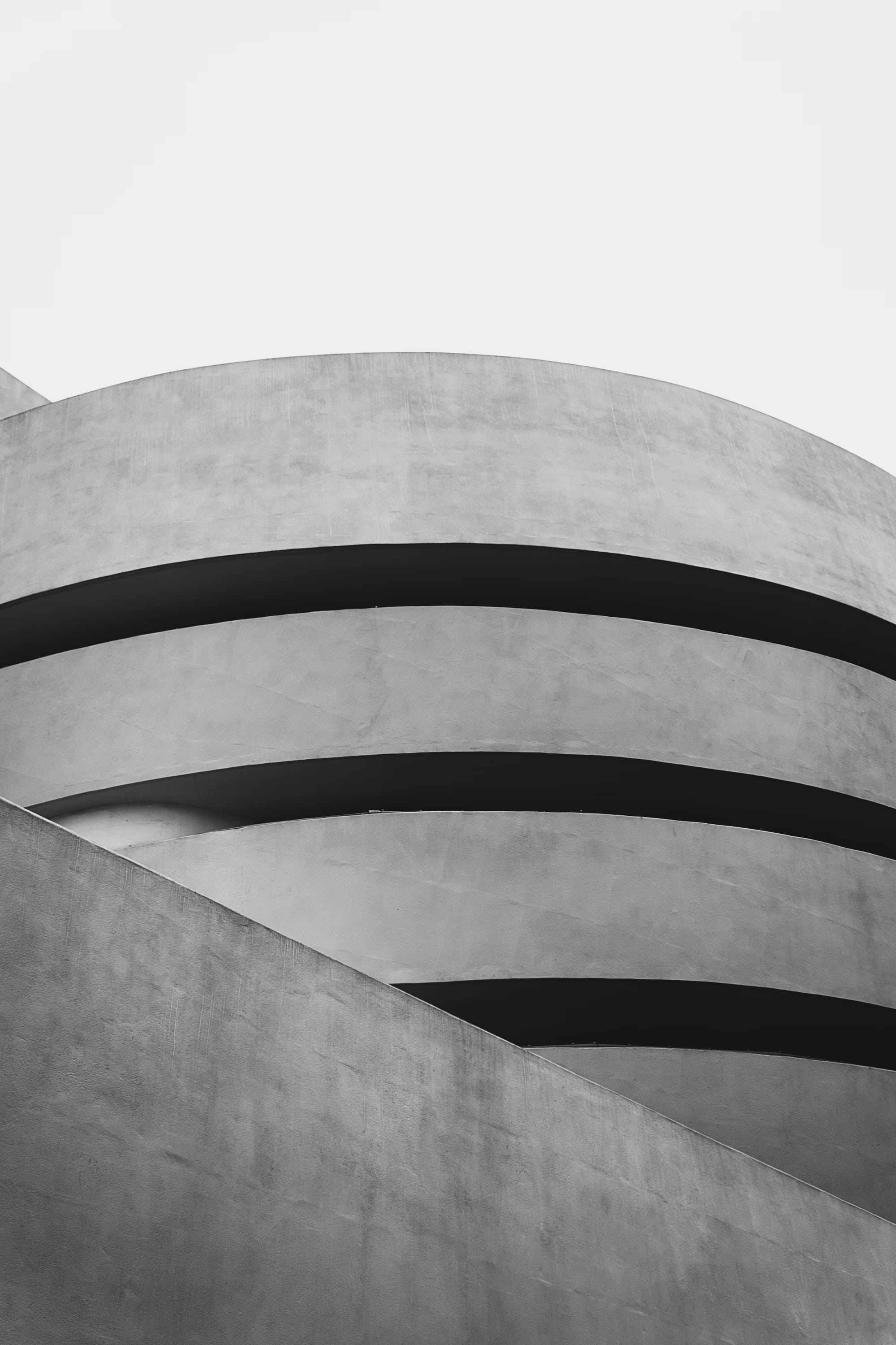An exploration of the raw, powerful aesthetic of Brutalist architecture, examining its history, influence, and the controversial yet intriguing appeal it holds in the architectural world.
Brutalism, a term derived from the French phrase béton brut meaning "raw concrete," emerged in the mid-20th century as a bold architectural movement that defied traditional aesthetics. Characterized by massive forms, rigid geometric styles, and the exposure of building materials, Brutalist architecture presents an unapologetic face to the world. Its stark, powerful structures have been both lauded and criticized, but they undeniably make a statement that continues to influence architects today.
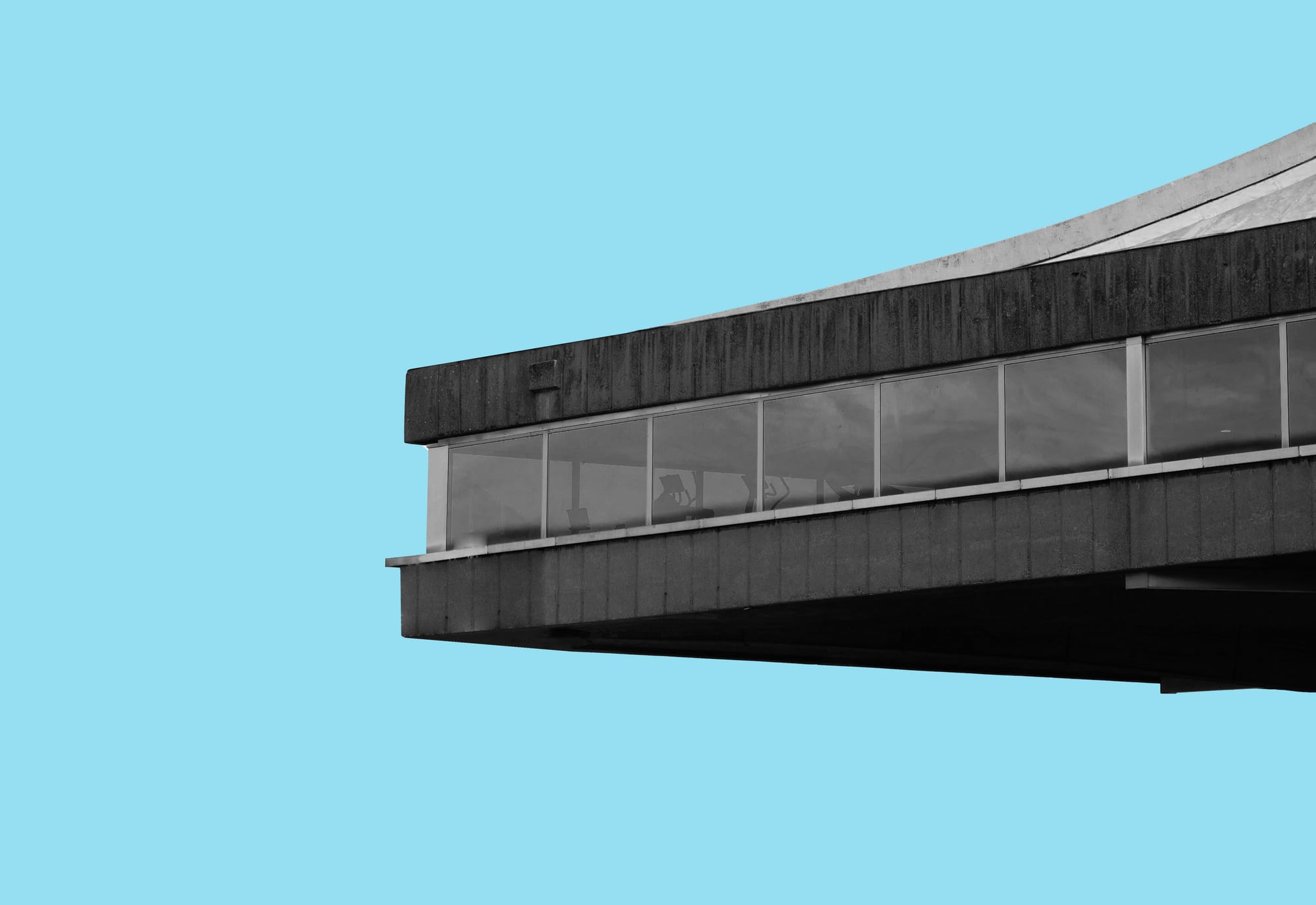

Philosophy of Brutalism in Belgrade - multiple authors on Unsplash
The Origins and Philosophy of Brutalism
Brutalism gained prominence in the 1950s and 1960s, particularly in post-war Europe, where there was a pressing need for efficient and affordable building solutions. Architects like Le Corbusier and Alison and Peter Smithson spearheaded this movement, emphasizing functionality and social purpose over ornamentation.
"Brutalism was about honesty in architecture," explains Dr. Emily Richards, a professor of architectural history at the University of London. "It stripped buildings down to their core components, exposing structures and materials that were traditionally concealed."
This architectural philosophy was not just about aesthetics but also about making a social statement. The use of raw concrete and modular designs aimed to democratize architecture, making it accessible and functional for the masses.

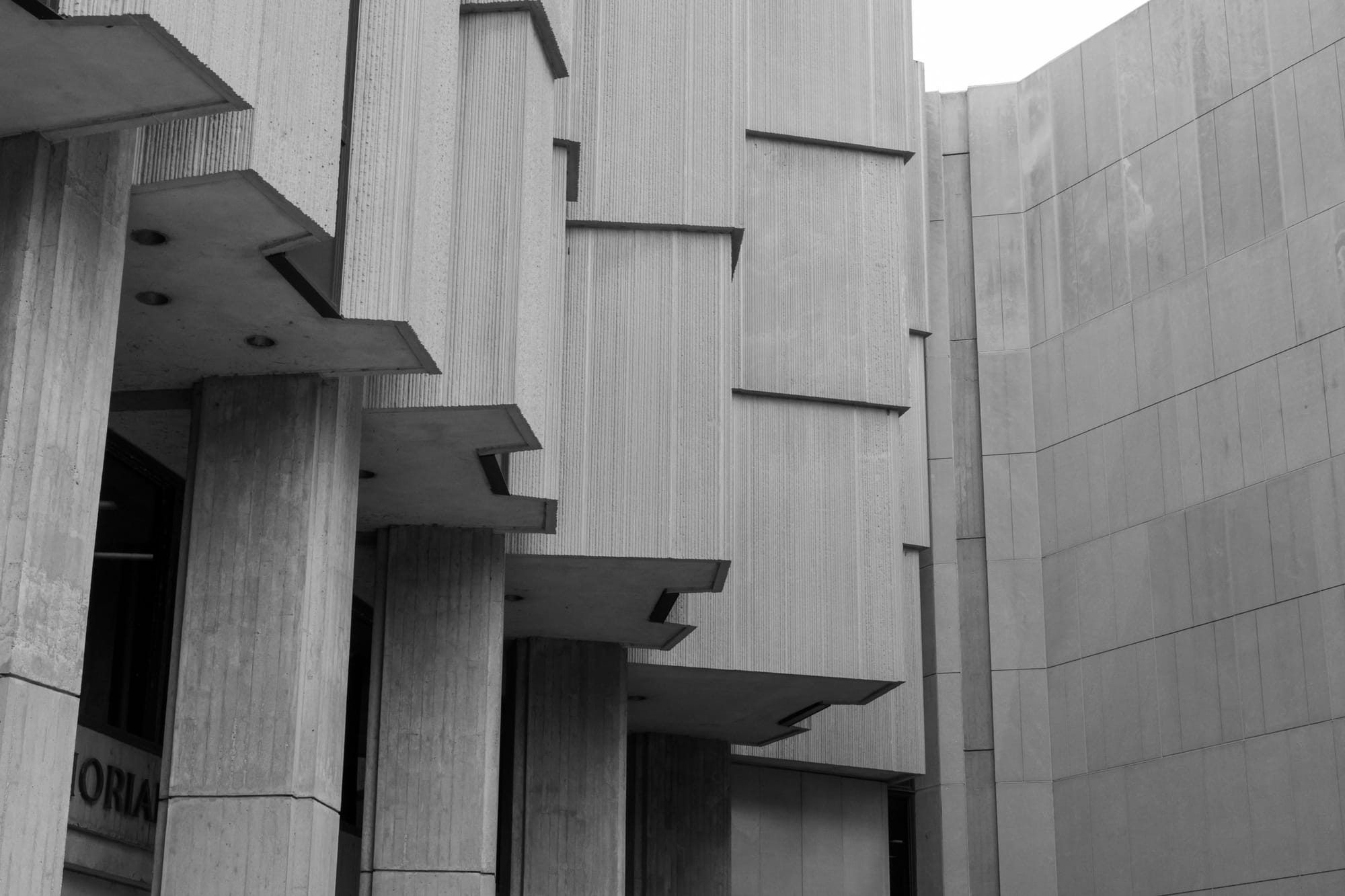
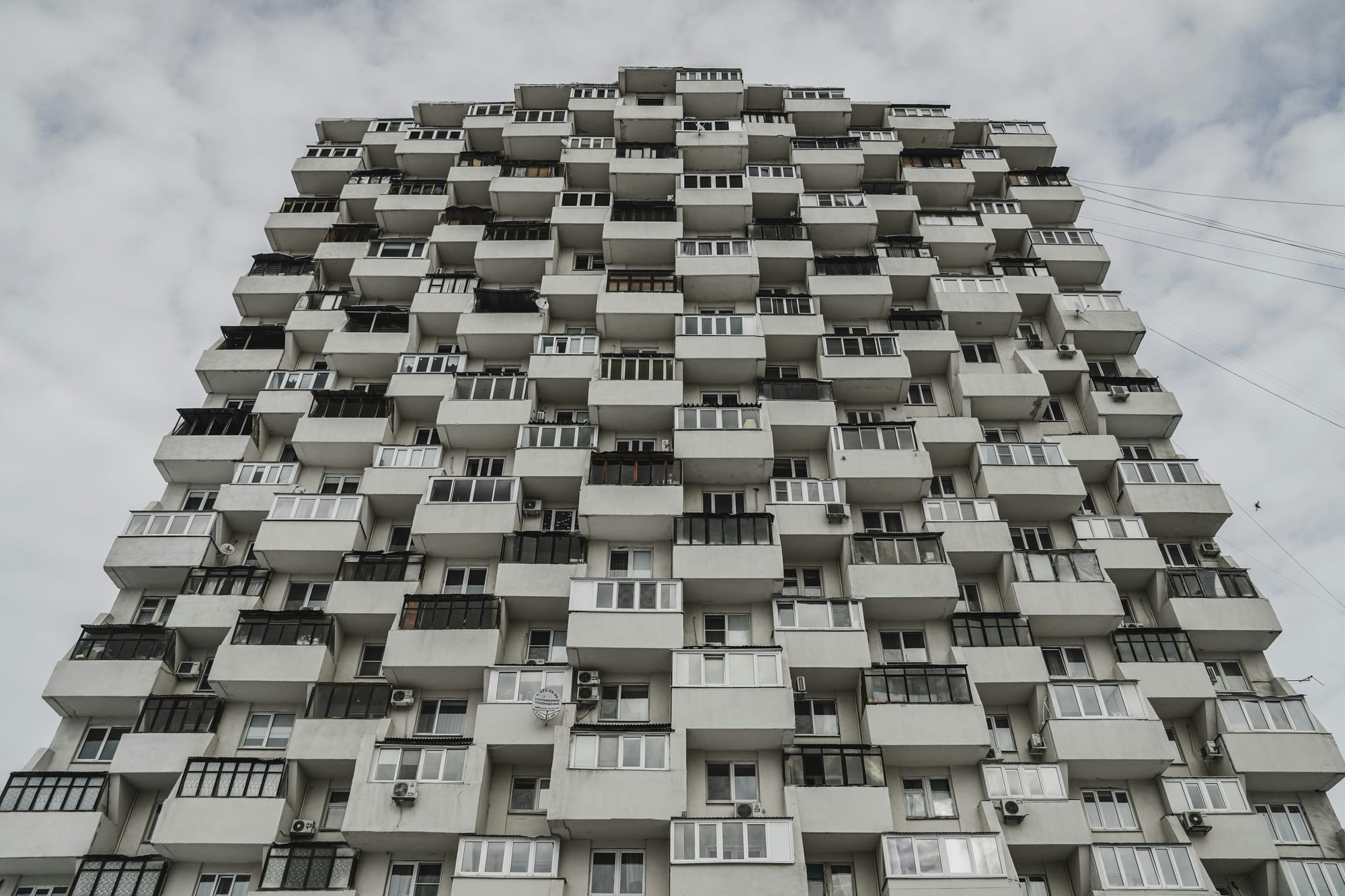
The Bold Aesthetic and Its Controversies
The aesthetic of Brutalist architecture is unmistakable. With its colossal scale and monolithic appearance, it commands attention and often dominates its surroundings. Buildings like Boston City Hall and London's Barbican Estate are iconic examples that showcase the movement's defining features.
"There's a raw beauty in Brutalism that comes from its sheer audacity," says Michael Thompson, lead architect at Urban Forms Studio. "It's architecture in its most unpretentious form."
However, Brutalism has not been without its critics. Detractors argue that these buildings can appear cold, oppressive, and out of scale with their environments. The heavy use of concrete can also lead to issues with weathering and maintenance.
"Brutalist structures often face public disdain," notes Sarah Martinez, an urban planner. "Their imposing nature can be seen as unwelcoming, and many have been neglected or demolished due to their perceived lack of aesthetic appeal."
The Enduring Influence and Revival
Despite the controversies, Brutalism has experienced a resurgence of interest in recent years. Preservation efforts are underway for many Brutalist buildings, recognizing their historical and architectural significance.
"There's a growing appreciation for the uniqueness of Brutalist architecture," observes Dr. Richards. "In a world of glass skyscrapers, these structures stand out for their character and integrity."
Contemporary architects are drawing inspiration from Brutalism, incorporating its principles into modern designs but with updated materials and technologies. This fusion creates buildings that are both nostalgic and innovative.
Interview with Architect Daniel Lee
To understand this revival, we spoke with Daniel Lee, a contemporary architect known for his Brutalist-inspired designs.
Q: What draws you to Brutalist architecture?
A: "Brutalism's honesty is what captivates me. There's no facade—what you see is what you get. It's about expressing the function and structure without unnecessary embellishments."
Q: How do you adapt Brutalist principles in modern architecture?
A: "We respect the core ideas but introduce warmth through materials and sustainability. For example, we might use exposed concrete alongside natural wood and incorporate green spaces to soften the aesthetic."
Q: Why do you think Brutalism is seeing a resurgence?
A: "People are craving authenticity. In an era of rapid change and digital facades, Brutalism offers something real and tangible. It challenges conventions and invites us to experience spaces differently."
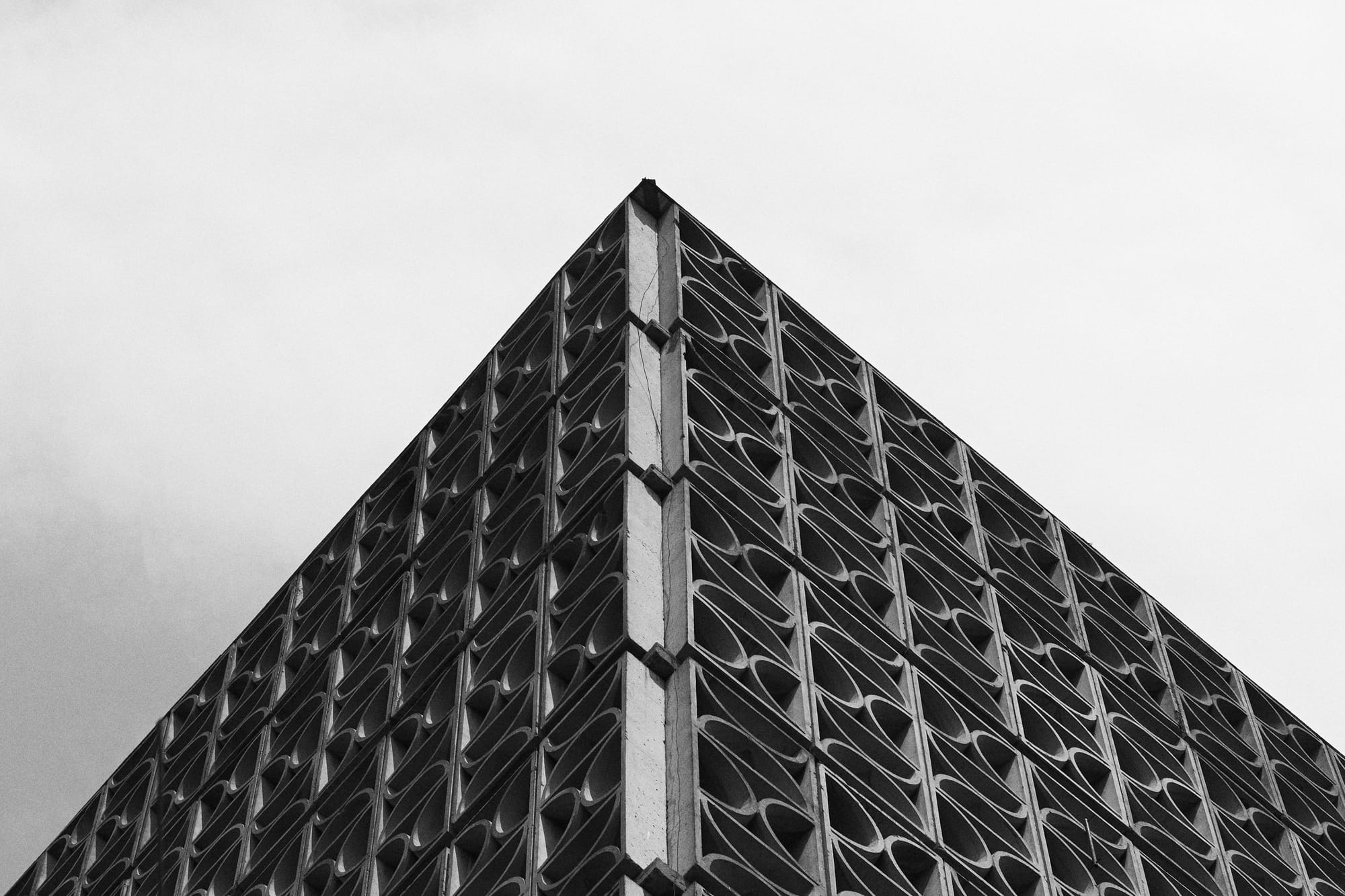
The Controversial Appeal
Brutalism's unapologetic nature continues to spark debate. Its boldness is both its greatest strength and its most significant point of contention.
"Brutalist buildings are conversation starters," says Martinez. "They force us to confront our ideas about beauty, utility, and the role of architecture in society."
Some communities have rallied to save Brutalist structures slated for demolition, recognizing their cultural value. Others advocate for adaptive reuse, transforming these buildings for modern purposes while preserving their distinctive character.
"Preserving Brutalist architecture is about more than saving buildings," Dr. Richards emphasizes. "It's about acknowledging a pivotal moment in architectural history and the social ideals it represented."
Conclusion: Embracing the Bold
Brutalism remains a powerful force in the architectural world, challenging us to see beauty in the bold and the unadorned. Its legacy is evident in contemporary designs that value function, honesty, and social responsibility.
As Daniel Lee reflects, "Brutalism teaches us that architecture doesn't have to conform to traditional notions of beauty to be impactful. It can be raw, rugged, and still resonate deeply."

